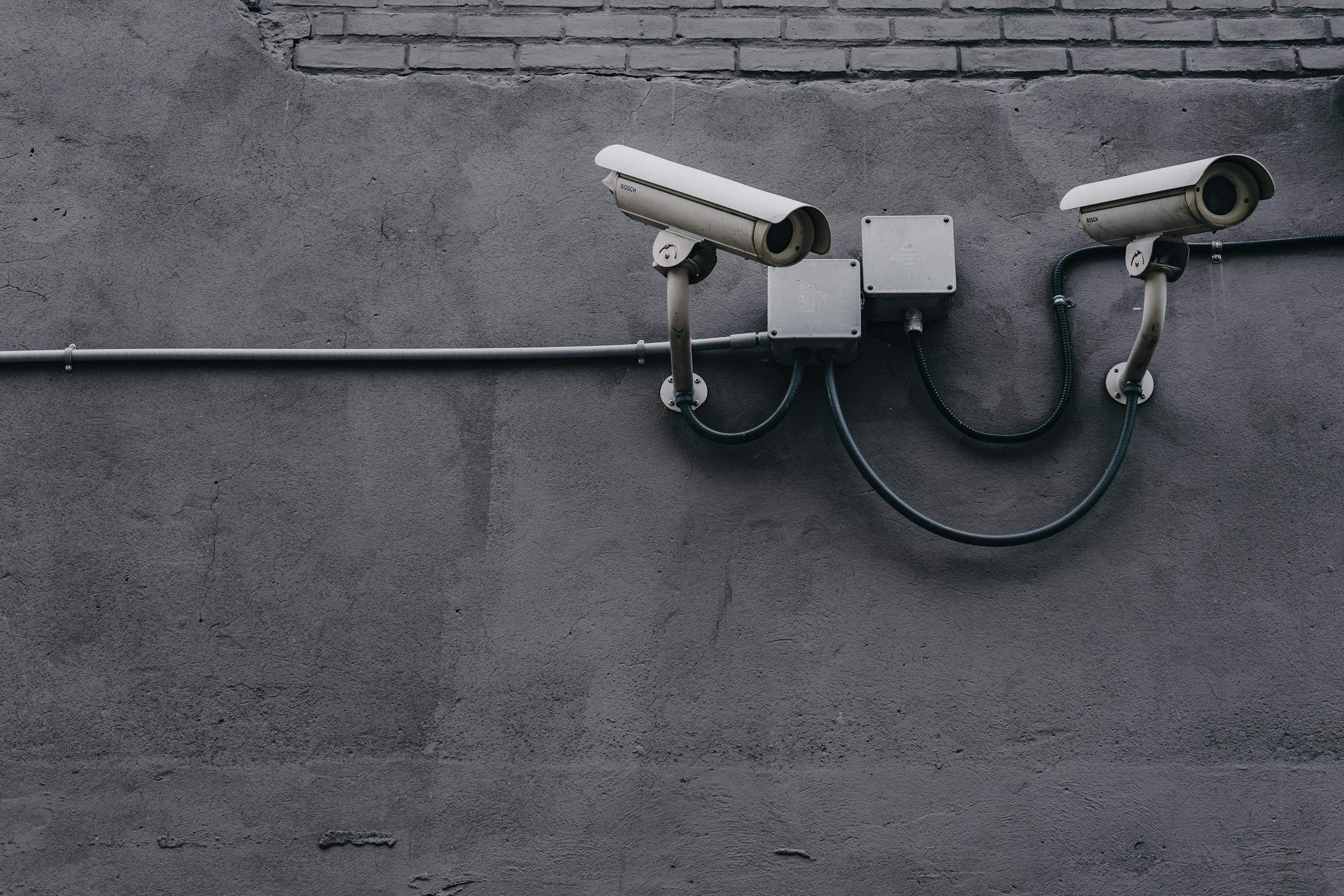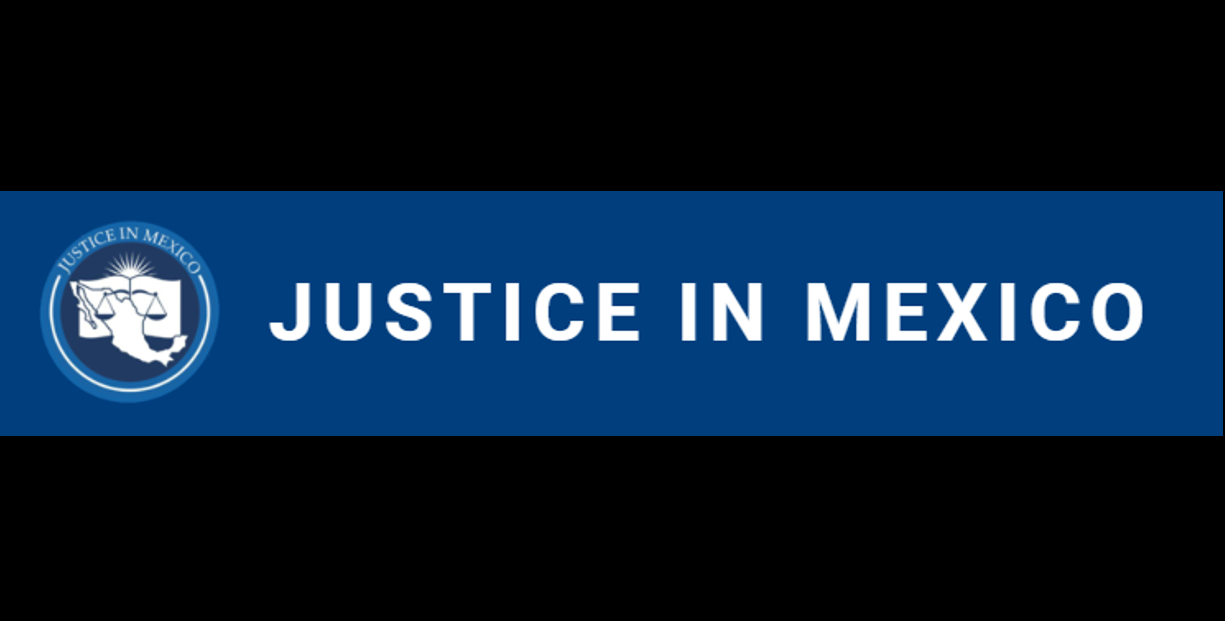Surveillance and Counter-surveillance Guides
October 31, 2022
by Compilation

Three guides to help security professionals and journalist understand the basics of surveillance and counter-surveillance
ABOUT THESE TERMS
Surveillance Definition: It is the activity of monitoring activities to gather information for intelligence collection or evidence gathering. Surveillance can be done covertly or overtly.
Covert surveillance is done in secrecy while disguising the act of conducting surveillance so that the target does not know they are being monitored or watched. Overt surveillance is the opposite; the most common example is through visible and recognizable devices, like a CCTV system.
Countersurveillance Definition: It refers to measures a person or organization takes to prevent surveillance. Countersurveillance may include:
- Technical Surveillance Countermeasures (TSCM)
- Cyber TSCM & Software Countermeasures
- Human Countermeasures & Counterintelligence
- Structural Countermeasures
Countersurveillance can be done before you are being watched by taking precautions to be discreet or hard to track. There are also particular tactics and procedures taken once one detects they are under surveillance.
WHO NEEDS TO LEARN ABOUT THESE?
Close Protection Specialist: Countersurveillance is mainly done to deter a criminal organization's kidnapping or an assassination attempt on their principal.
Investigative Journalist: Depending on the journalist, they might need to do surveillance to gather evidence for a story. In some countries, journalists might need to know about countersurveillance if they are being threatened or supervised by the government.
Activist: Under oppressive regimes activists must be familiarized with countersurveillance tactics
Private investigators and Police Detectives: These are often required to do surveillance to gather evidence in court and prosecute a criminal. One key aspect of these professionals is that they must do it under the rules of the law.
ABOUT THESE GUIDES
Surveillance and Counter-Surveillance for Human Rights Defenders And Their Organisation: This guide is the most comprehensive and digestive of all three manuals in this publication. It covers the very basics and provides easy to understand techniques for very beginners on surveillance and countersurveillance. Topics include:
- How to know if we are being watched Counter-surveillance actions to detect cases of surveillance or of being followed
- Counter-surveillance when coming out of the house or office
- Counter-surveillance in public transport Counter-surveillance by car
- Counter-surveillance for female rights defenders
- Counter-surveillance information to protect information
CNA Manual: The manual is an introduction to countersurveillance methods which help check whether one is being watched. Unlike other manuals, this one includes a section on secret forms of communicating.
Security & Counter-Surveillance: This manual focuses on how to protect oneself against a police state. It includes topics like:
- Principles of Surveillance
- Physical Surveillance
- Fixed Surveillance
- Mobile Surveillance
- Technical Surveillance Biometrics
- UAV's
- Satellite
- Surveillance Detection
- Surveillance and Evasion
- Case Studies
- Infiltration Operations
END OF REPORT
Image Credit: Via Pexels marked as CC Free to Use, "Two Gray Bullet Security Cameras" by Scott Webb
https://www.pexels.com/photo/two-gray-bullet-security-cameras-430208/
Copyright by Vigiles Analytica. All rights reserved. ©2025
